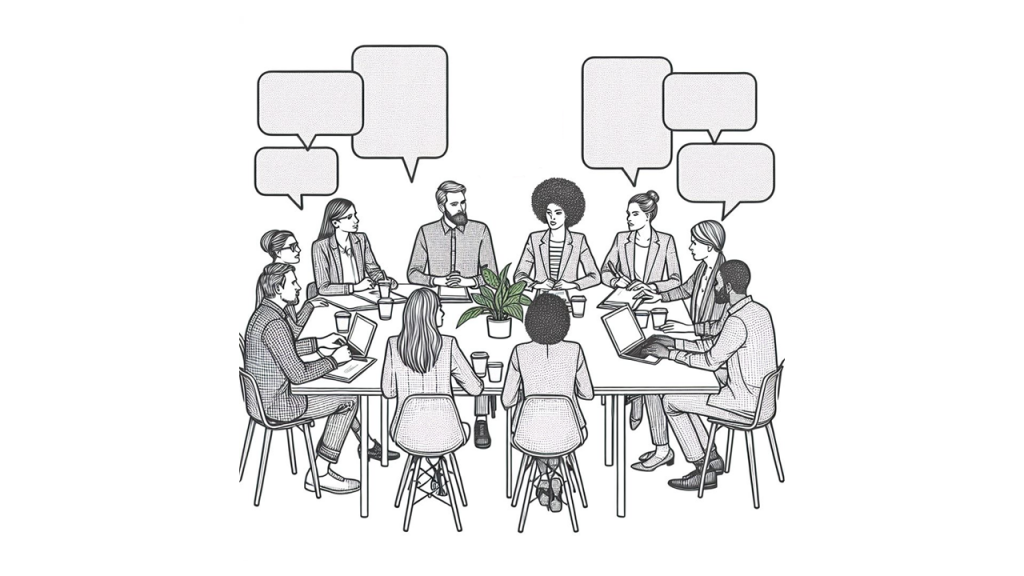This website showcases social psychological research on the conversational practices used by sustainability professionals and sustainability champions in workplaces. The research uses an approach called discursive psychology to understand what happens in conversations about how sustainability is factored into strategic decision-making.
The number of professional roles dedicated to embedding and managing environmental and social sustainability is growing. With the rapid development of job types such as sustainability manager, ESG analyst, or CSR manager, the nature and scope of these professions is still being crafted. These professionals advocate the prioritisation of sustainability in organisational business through engaging with diverse stakeholders. There is an opportunity to better understand specifically how sustainability professionals pitch for greater focus on sustainability to decision-makers, through analysing how language is used in workplace meetings.
Additionally, many people who do not hold dedicated sustainability roles draw on personal interest and motivation to seek to influence their organisation’s practices – termed sustainability champions. Studying the discursive practices of different types of professionals who advocate for sustainability can also help us better understand how language is used for influence towards and resistance to new ideas.
The research projects featured on this website thus have two overall aims:
- Help us understand what discursive practices sustainability professionals and champions use to promote sustainability, and which are more successful at overcoming resistance
- Compare how sustainability professionals and champions describe the strategies they use for promoting sustainability in their workplaces, with the strategies actually used in workplace meetings
The findings of the research will be translated into practical training for professionals wishing to understand ways of negotiating and influencing strategic decision-making towards more sustainable outcomes.

This website has been produced with the support of the
Economic and Social Research Council (grant number ES/Y009916/1) and Heriot-Watt University, based on research conducted at the University of Edinburgh and Heriot-Watt University.
